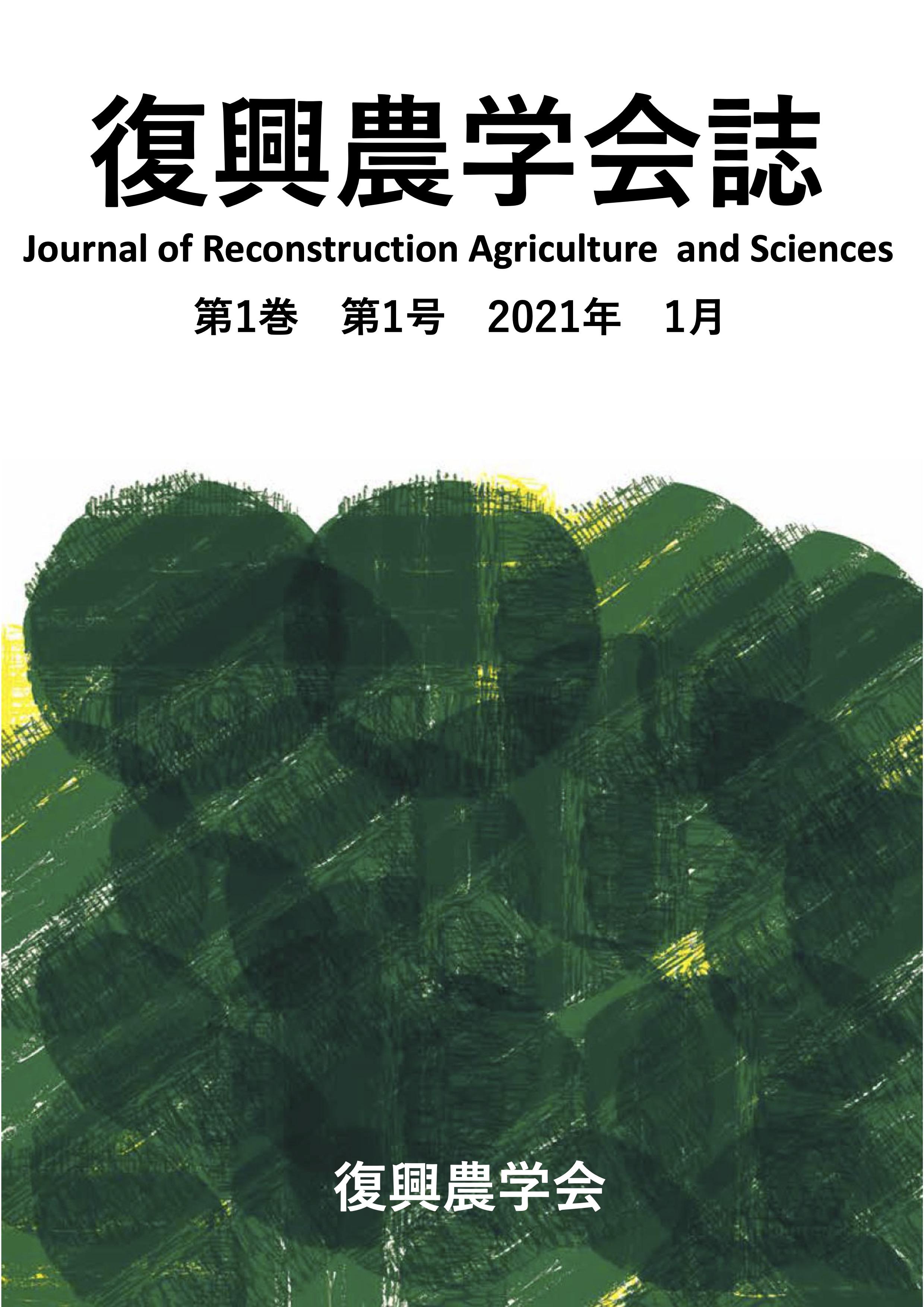Volume 2, Issue 2
Displaying 1-5 of 5 articles from this issue
- |<
- <
- 1
- >
- >|
Original Papers
-
2022Volume 2Issue 2 Pages 1-11
Published: July 31, 2022
Released on J-STAGE: August 24, 2022
Download PDF (986K) -
2022Volume 2Issue 2 Pages 12-27
Published: July 31, 2022
Released on J-STAGE: August 24, 2022
Download PDF (550K) -
2022Volume 2Issue 2 Pages 28-42
Published: July 31, 2022
Released on J-STAGE: August 24, 2022
Download PDF (3389K)
Reports from Fields
-
2022Volume 2Issue 2 Pages 43-49
Published: July 31, 2022
Released on J-STAGE: August 24, 2022
Download PDF (1651K)
Others
-
2022Volume 2Issue 2 Pages 50-81
Published: July 31, 2022
Released on J-STAGE: August 24, 2022
Download PDF (2616K)
- |<
- <
- 1
- >
- >|
